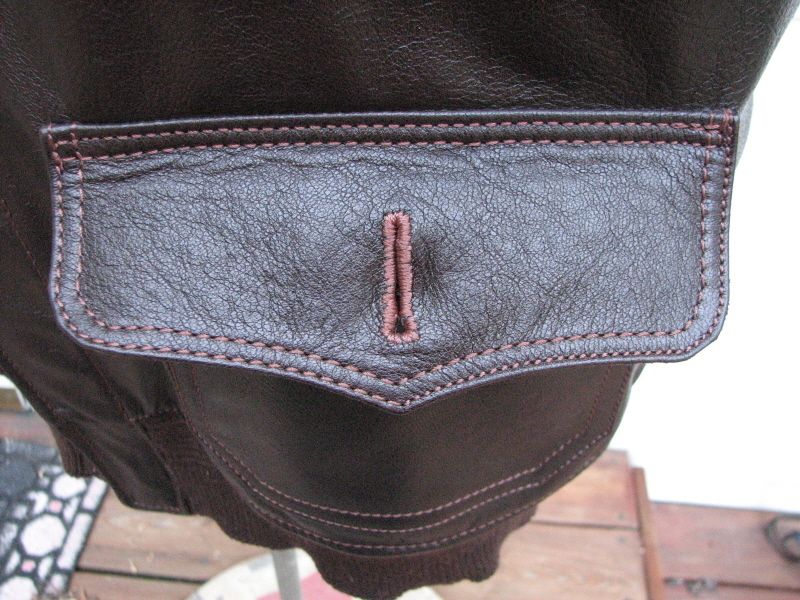So I've come into possession of a British CD greatcoat, and the buttons and buttonholes need some serious work.
For one, the buttons were sewn, or re-sewn, in a manner that shifted one side of the coat downward half an inch to an inch. I can do this particular repair no problem.
It's the buttonholes that are causing me concern. For half of the buttonholes the sewing are fraying. I'm not too confident of my ability to redo buttonholes. Does anybody know if this is really something that can/should be repaired by hand, or should I send it in to a professional? Is this even something my local dry cleaner who does the occasional pant leg would know how to do?
For one, the buttons were sewn, or re-sewn, in a manner that shifted one side of the coat downward half an inch to an inch. I can do this particular repair no problem.
It's the buttonholes that are causing me concern. For half of the buttonholes the sewing are fraying. I'm not too confident of my ability to redo buttonholes. Does anybody know if this is really something that can/should be repaired by hand, or should I send it in to a professional? Is this even something my local dry cleaner who does the occasional pant leg would know how to do?



